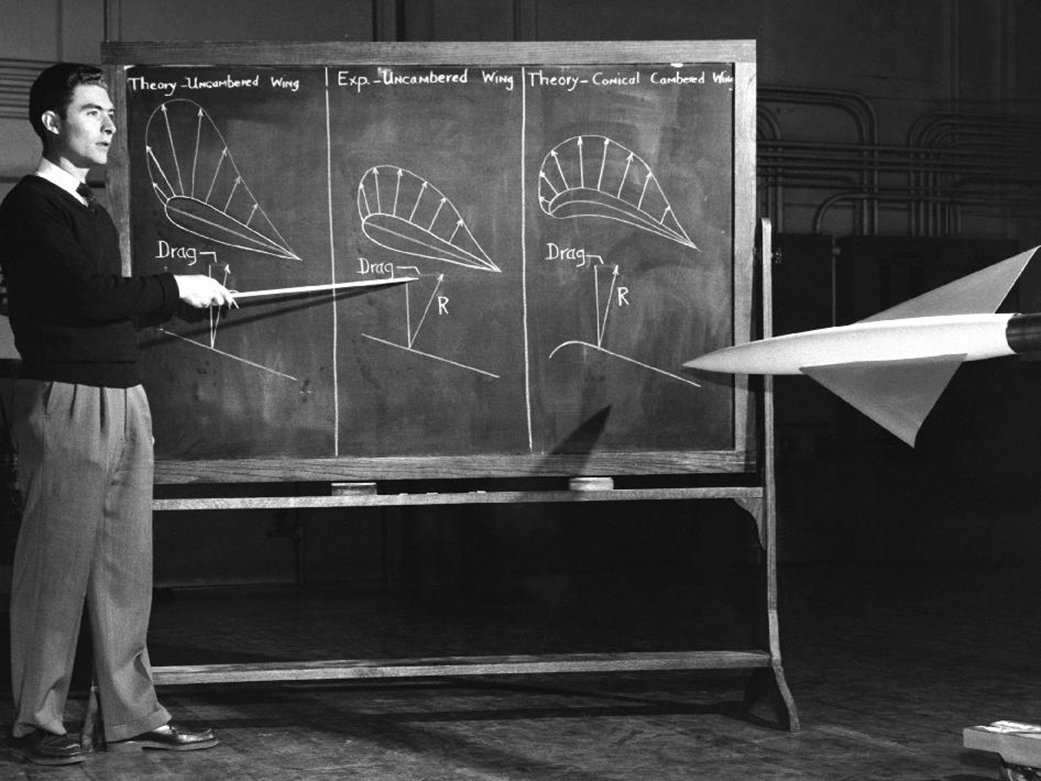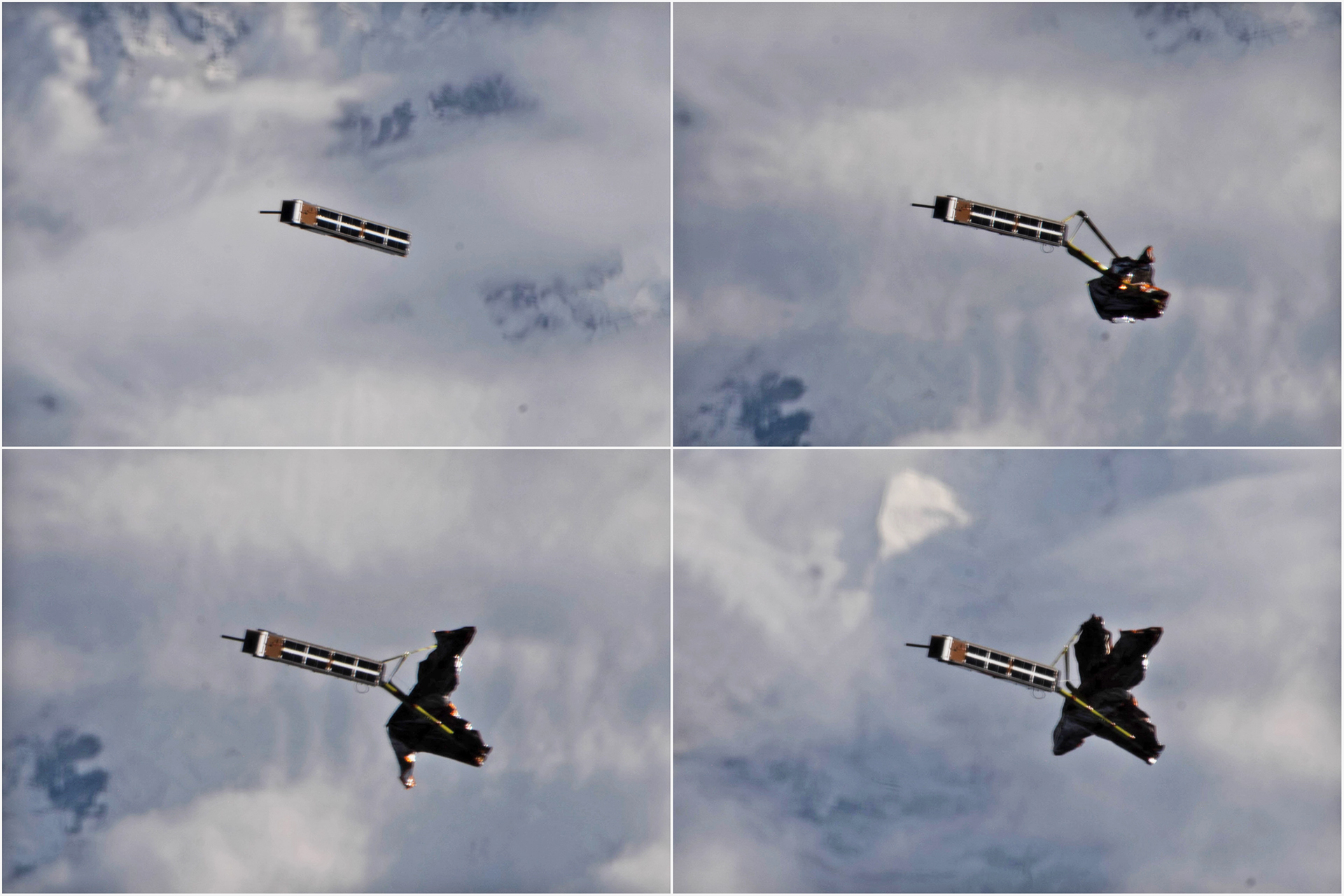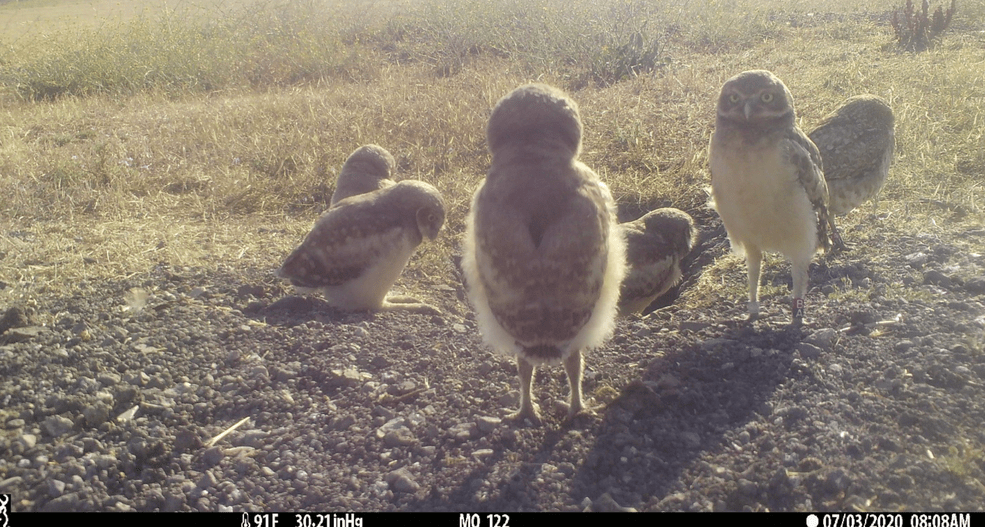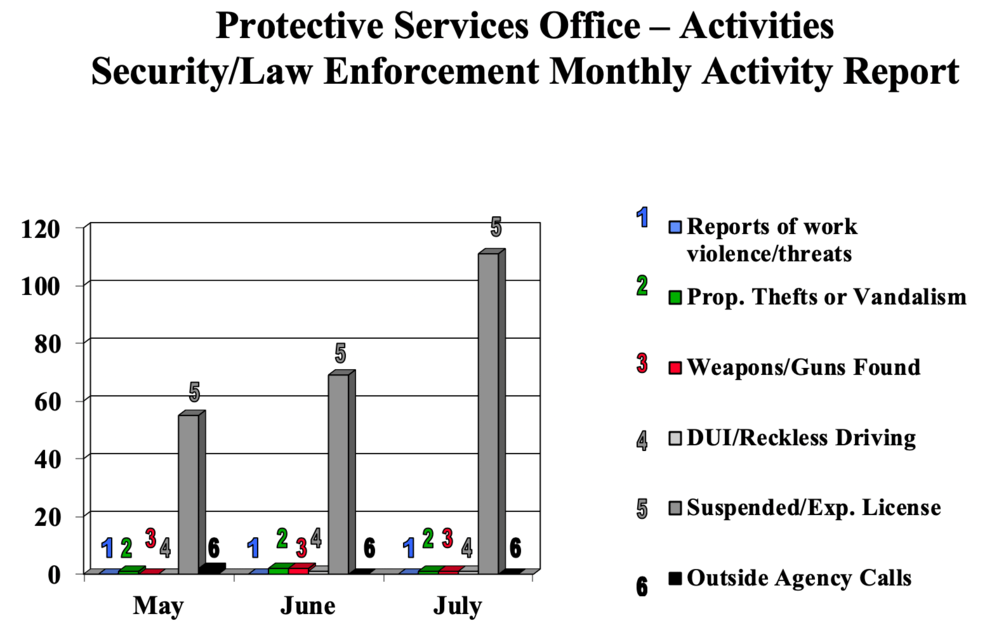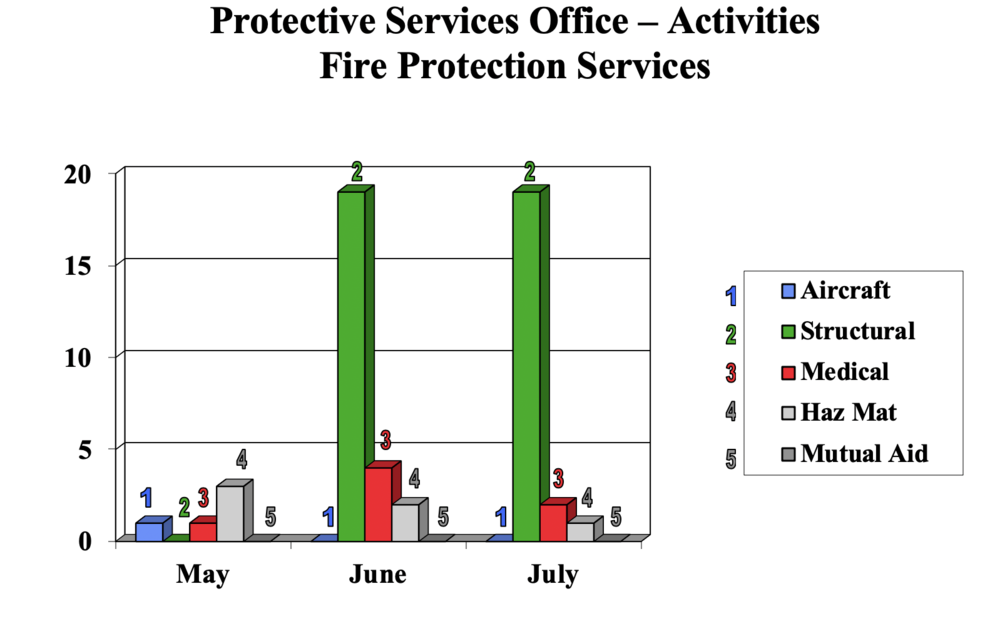John W. “Jack” Boyd Retires from NASA Ames After 73 Years
by Frank Tavares
This week, John W. “Jack” Boyd retired from NASA’s Ames Research Center in California’s Silicon Valley, the day before his 95th birthday, after 73 years since he began his service in 1947. Jack has been a cornerstone of the Ames community from before NASA existed, starting his career with the National Advisory Committee for Aeronautics, or NACA, when Ames was called the Ames Aeronautical Laboratory. He has served as a mentor and colleague for many at the center throughout the breadth of his career.
“I like people. I like to deal with people,” said Jack. “I like to help them out when they need help, and I like to give them advice.”
He started his career at the 1-by-3 foot supersonic wind tunnel, working alongside the likes of H. Julian “Harvey” Allen. After a couple months to get acquainted with the facility and the group, they gave him the freedom to design his own swept wing.
Experimentally testing theories developed by Ames aerodynamicists R.T. Jones and Charles Hall, Jack began investigating variations of the delta wing. “I said I’d like to test a supersonic model – a triangular wing. They said go do it,” said Jack. “I got a kick-off with very remarkable people, and lucked out with picking the right shape to test. That’s how I got started.”
That shape would soon incorporate a special kind of cone-shaped curve, known as a conical camber, which led to dramatic increases in the efficiency of the supersonic B-58 bomber and fighters such as the F-102 and F-106. That project ended up being his favorite of any in his career.
Jack believes aeronautics will continue to be the “bread and butter” of Ames’ portfolio, but is also excited for the future of the center’s role in space exploration.
“I think we ought to be intimately involved in the exploration of Mars, both in terms of entry system shapes and particularly as things evolve and humans go to Mars,” said Jack. “I think we have both the aerodynamics and human factors expertise at Ames.”
That future will depend upon the next generation of NASA, which Jack has helped to cultivate when he began a second career inspiring students through initiatives such as the Ames Aerospace Encounter.
“Hook onto a mentor or two, they can help it out,” said Jack, when asked what advice he would give to those at the start of their career. “[And] whatever you do, continue your education.”
As well as an engineer and educator, Jack has served as an administrator, mentor, and more, both at Ames and at NASA Headquarters. Throughout all these roles, he has always maintained an optimistic outlook. “I think if you have a healthy outlook on life, you don’t become cynical about much of anything,” said Jack.
He also had some words of advice for the unprecedented times NASA and the nation are facing in light of the COVID-19 pandemic.
“Hang on. You know it’s going to improve, it’s going to be time consuming. It’s been one of the most frustrating periods I’ve ever lived through, myself,” he said. “You’ve got to be a little patient, and try to help out wherever you can to keep expanding and continuing.”
Jack has earned just about every award over the years that NASA can give. There are few careers as long lasting and impactful as Jack’s. The agency and the nation honor him as a member of the NASA family and the highest exemplar of a public servant, and thank him for all he has contributed to NASA and to Ames.
“One should never say they did everything right, and I’m sure I didn’t,” said Jack, when asked if he’d have done anything differently over the course of his career. “But I did everything to the best of my ability that I loved to do. I don’t think I would have been happy going any other way.”
To my many friends and colleagues at Ames . . .
I am honored and overwhelmed at the many messages I have received on my retirement from NASA. Ames as a part of NACA/NASA has contributed in many ways to advances in aeronautics and the exploration of our solar system and beyond since it was established in 1939. The people at the center have been my friends and supporters since I arrived in 1947.
I am grateful to have been a part of this fantastic organization and expect you to achieve even greater success in the future.
I plan to stay in close contact with the center and will continue to support you in any way I can.
Thank you for your support over the years.
— Jack Boyd
SOFIA Returns to Flight Studying Galaxies
by Alison Hawkes
NASA’s flying observatory, the Stratospheric Observatory for Infrared Astronomy, or SOFIA, has returned to science operations with a new series of flights designed to study the chemistry of galaxies.
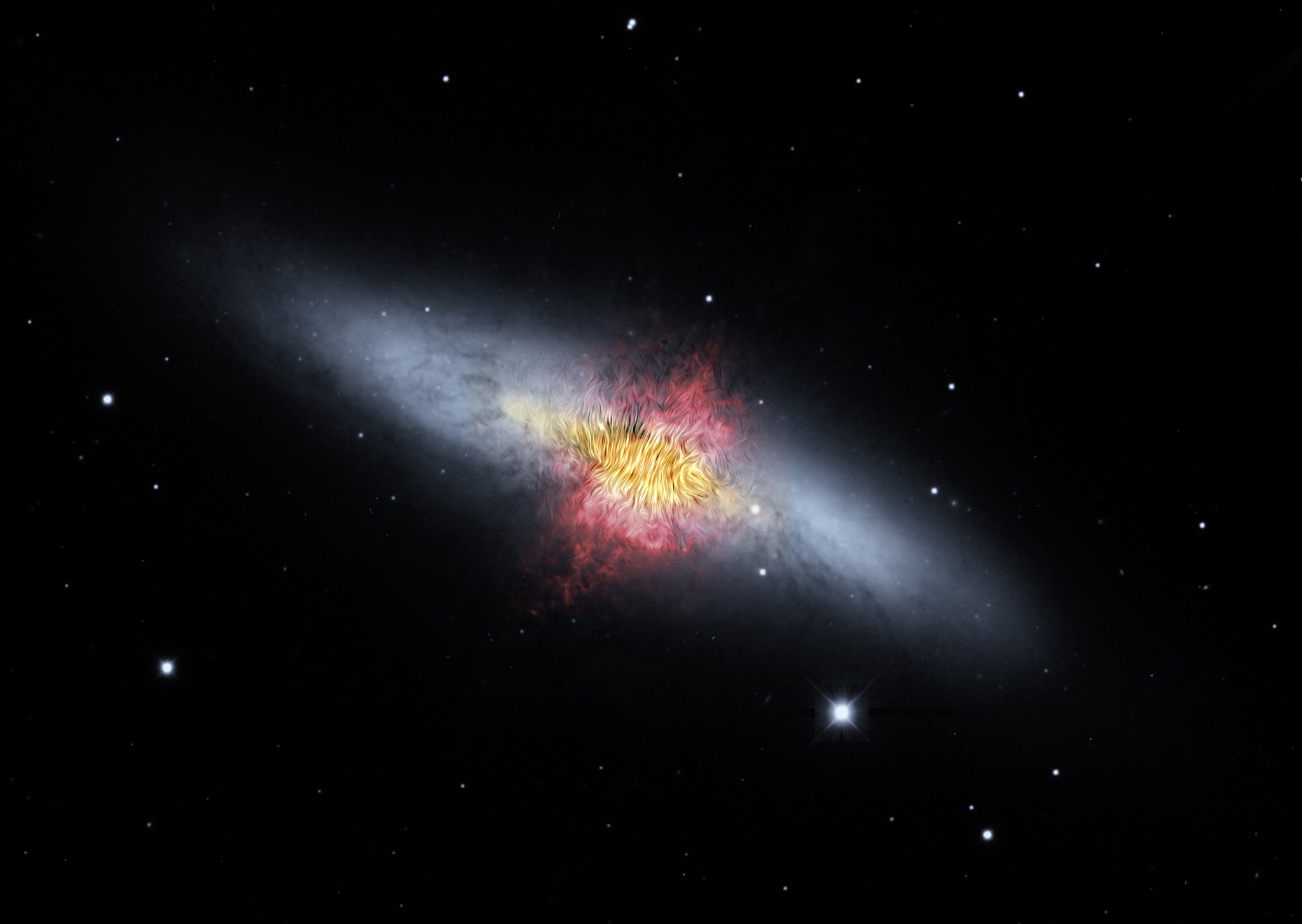
SOFIA flights were suspended on March 19 in response to the COVID-19 pandemic. With the resumption of flights out of SOFIA’s base at NASA’s Armstrong Flight Research Center in Palmdale, California, new procedures are in place to ensure the health and safety of staff while enabling the observations of celestial targets visible from the Northern Hemisphere. SOFIA started by flying two flights beginning Aug. 17, to allow the team time to evaluate and adjust the new procedures, and now plans to return to its regular observing schedule with about four flights each week.
For full story, see: SOFIAReturntoFlight
TechEdSat-10 Deploys from the Space Station
by Frank Tavares
On July 13, TechEdSat-10, a six-unit CubeSat deployed from the International Space Station. The mission is demonstrating increased storage and power capabilities that could enable future science and exploration using small spacecraft beyond low-Earth orbit. Included on TechEdSat-10 are improvements over previous CubeSat technologies in the areas of communications and radio systems, and new propulsion techniques.
As the tenth iteration in the Technology Educational Satellite series, TechEdSat-10 builds upon a history of the program’s innovative work with early career researchers, students, and volunteers.
TechEdSat-10 contains 150 watt-hours of power storage, eight radios, nine processors, and a graphics processing unit. Additionally, the small satellite carries four cameras, including a stereoscopic virtual reality camera experiment.
For full story, see: TechEdSat-10
NASA Small Business Partnerhip Prepares Drone for 30-Day Science Flights
by Abigail Tabor
Aircraft play an essential role in how we study and understand Earth’s surface, climate, and atmosphere. Now, a new commercial unmanned aircraft system (UAS) aims to bring about a powerful way to observe our planet for days or weeks on end.
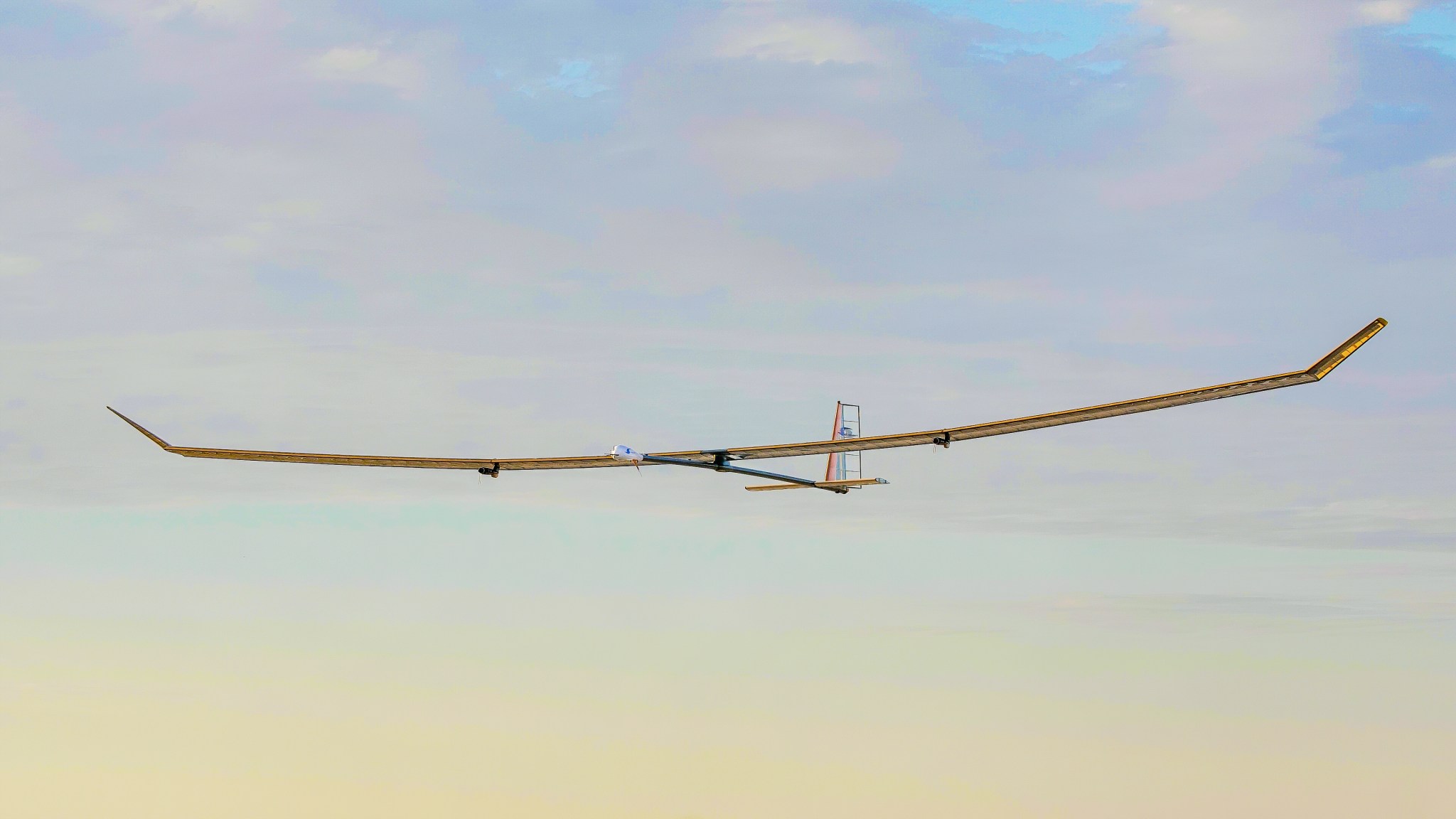
With the help of NASA’s Ames Research Center, Swift Engineering of San Clemente, California, completed a two-hour flight test of their Swift High-Altitude Long-Endurance (HALE) UAS. The applications of the technology – for science, agriculture, and disaster response – could have a real impact on our everyday lives.
Swift’s 72-foot solar-powered HALE weighs less than 180 pounds, flies 10- to 15-pound payloads at a time and is designed to operate at an altitude of 70,000 feet for 30 days or more. Despite its wide wingspan, Swift’s HALE is similar in size to a small general aviation (GA) aircraft but at a fraction of a GA’s weight. Compared to the NASA ER-2, which also operates at a maximum altitude of 70,000 feet and can carry a 2,600-pound payload for missions over 10 hours, the Swift HALE UAS is capable of flying lightweight payloads for days and weeks on end.
For full story, see: PartnershipDrone
Magnetic ‘Rivers” Feed Young Stars
by Kassandra Bell
Stars like our Sun form when clouds of gas and dust collapse under gravity. But how does the material get from interstellar space into these clouds and what controls their collapse?
This image shows narrow, spindle-like structures, called filaments, that act like rivers channeling material into the Serpens South star cluster, a group of more than 60 young stars that is forming in a dense cloud of gas and dust nearly 1,400 lightyears away. NASA’s telescope on an airplane, the Stratospheric Observatory for Infrared Astronomy, or SOFIA, discovered magnetic fields in the region can further fuel star formation. The fields, shown as streamlines over an image from NASA’s retired Spitzer Space Telescope, have been dragged by gravity to align with the narrow, dark filament on the lower left — helping material flow down it. This is different from the upper parts of the image, where the magnetic fields are perpendicular to the filaments as they oppose gravity.
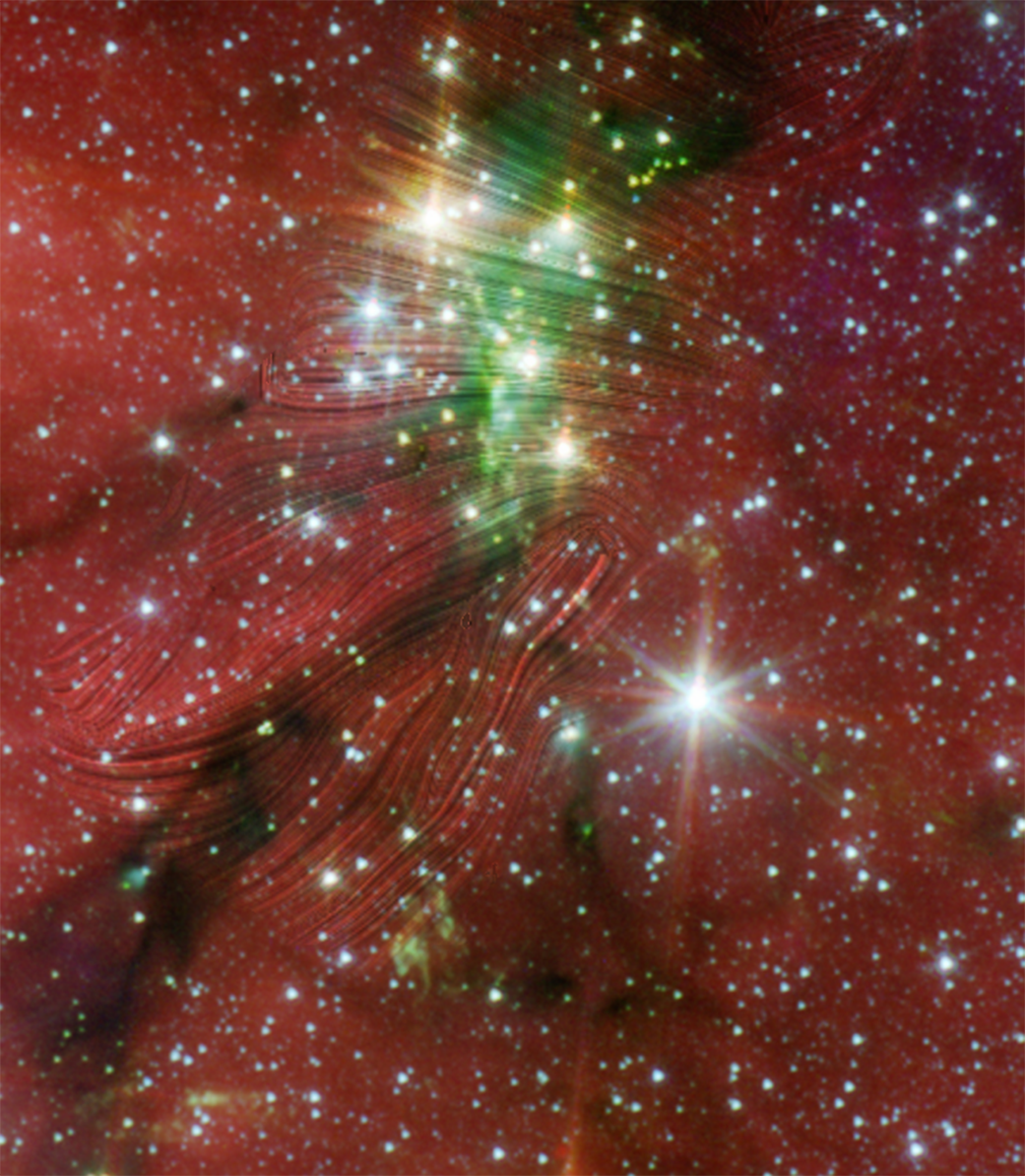
For full story, see: MagneticRIvers
Pulsing Stars Distribute Key Ingredient for Life
by Alison Hawkes
As Carl Sagan famously said, “We’re made of star stuff” — but how do stars distribute their essential “stuff” for life into space? NASA’s telescope on an airplane, SOFIA, is finding some answers by watching pulsating stars as they expand and contract, almost like beating hearts.
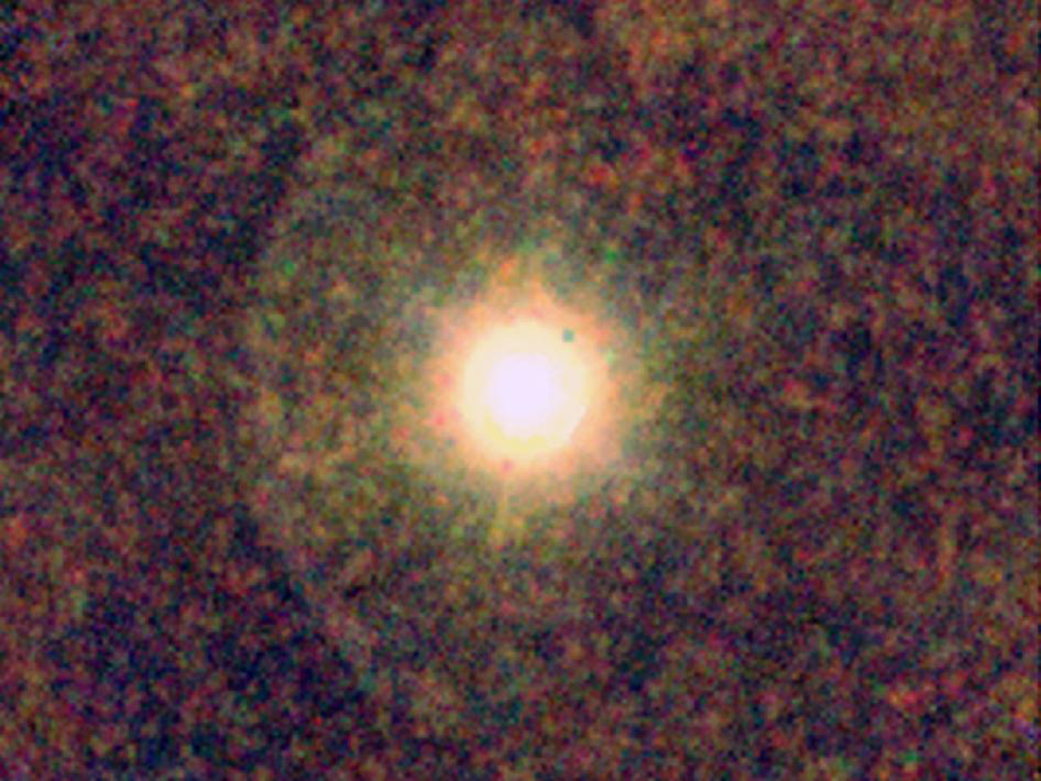
The Stratospheric Observatory for Infrared Astronomy, SOFIA, examined several types of pulsating stars in our Milky Way galaxy, watching as some spewed carbon, a key ingredient of life as we know it, into interstellar space. Carbon is created deep inside stars through the process of helium fusion. As stars evolve, this carbon can get dredged up to the surface. But it must be forced into space for it to be available as a building block of life.
Chicks Spotted in Ames’ Western Burrowing Owl Habitat
While most are still working from home, nevertheless there is life remaining at Ames. The staff of the Environmental Management Division, Code JQ, have worked hard to keep things running smoothly despite the changes.
Some of the environmental work that continues is the monitoring of the onsite Western burrowing owl population. Ames has dedicated habitat for Western burrowing owls, designated by the state of California as a Species of Special Concern. Burrowing owls prefer open grassland and flat ground with short grass or bare soil, just like areas around the Moffett Airfield. This year, the center has only seen one successful burrowing owl nest, compared to four nests seen last year. This nest has successfully produced five chicks all of which recently fledged. Planetary Ventures has been maintaining this area to be suitable for burrowing owl nesting, and monitoring by Code JQ has continued as normal despite the center shutdown.




























